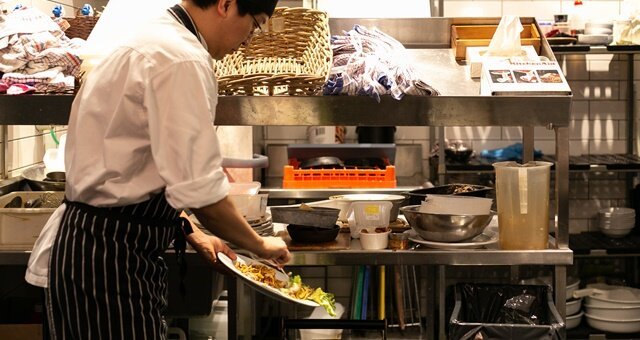Hotel and Conference Centre
LOCATION Birmingham, United Kingdom
INSTALL DATE November 2016
INDUSTRY Hospitality
Background
Located in Birmingham, UK, and part of a worldwide group, one of the largest international hoteI and conference centres boasts close to 800 rooms and suites, a health club and conferencing and event facilities for up to 2000 guests. With seven kitchens to service two restaurants, two large conference halls, 24-hour room service and staff restaurant, many meals are served every day. Notwithstanding the tight controls in place to minimise food waste, considerable unavoidable waste is generated from food preparation and meal leftovers.
Stored at the rear of the hotel, organic food waste took up valuable space and created an unpleasant area which attracted vermin. Regular collection of large numbers of waste bins from a busy area by heavy vehicles also posed safety challenges from regular waste vehicle movements.
With recycling programs for glass, plastics and cardboard in place, the hotel sought to find a cost-effective organic food waste disposal solution that minimised impact to the environment and daily operational procedures.
The Green Solution
Sited at the rear of the main hotel building in a purpose-built cost effective, the WasteMaster 400 food waste conversion system was installed in November 2016.
Positive Outcomes
Since installation 249 tonnes of organic food waste has been processed, reducing transportation by 75%.
Circa 30% reduction in disposaI costs
Reduced vehicle movements - improved safety
Production of 81 tonnes of re-purposed residue to create green electricity to power 36 homes for a year
Reduction of 19.35 tonnes of C02 eq greenhouse gases from the decline in transportation and haulage.
Environmental and Operational Benefits
Ease of "one button" operation and minimal staff training required
Low touch maintenance due 24/7 support service
Low power consumption without the need for introduced microbes, bacteria or drinking water
Odourless residue maintains its calorific / energy value which is then repurposed to produce green electricity


